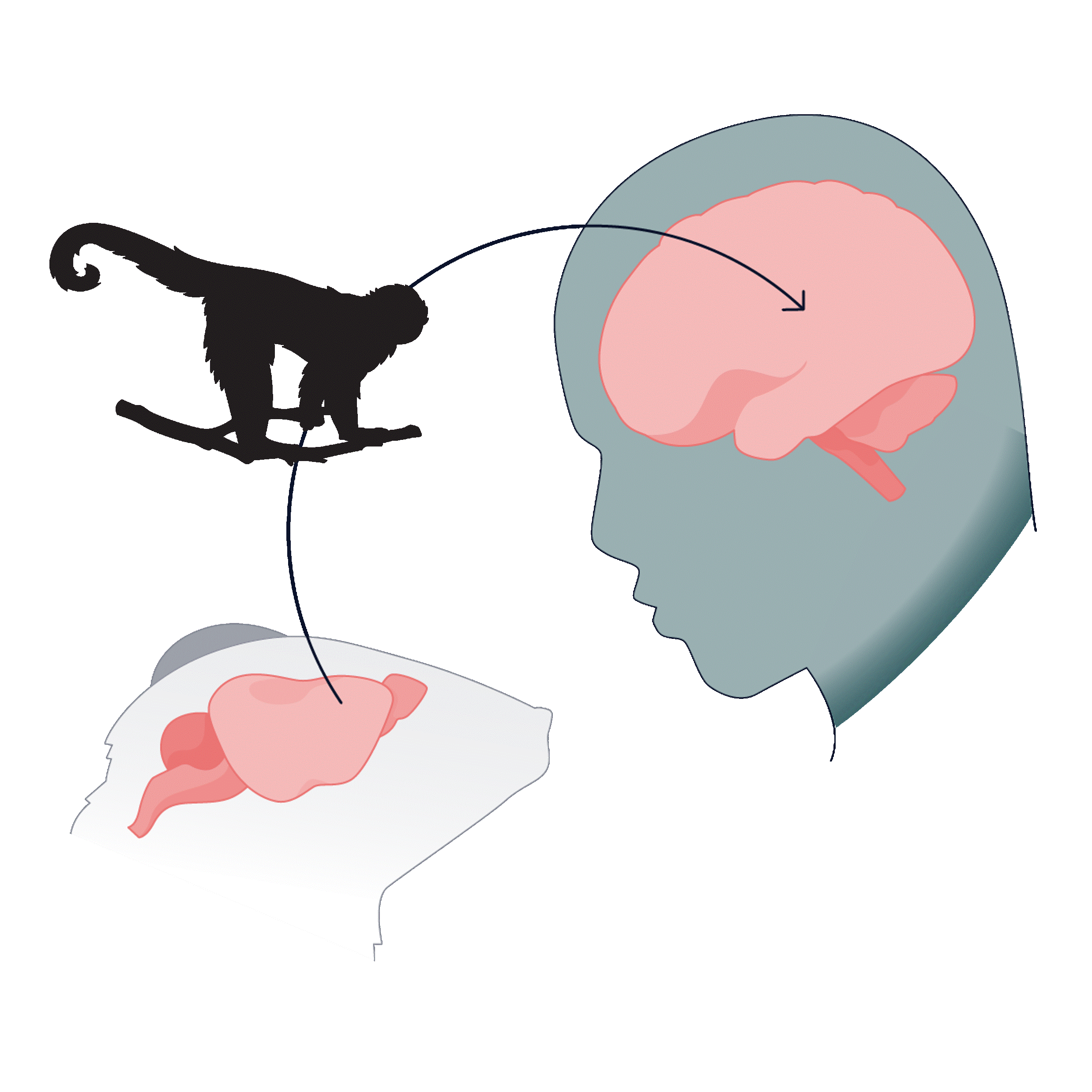Research
Our research centers around an animal model that captures individual differences in learning about stimuli, or cues, that predict reward.
.avif)
.avif)
Following Pavlovian conditioning, whereby a neutral cue (in this case, a lever, conditioned stimulus, CS) is paired with a food reward (unconditioned stimulus, US), animals will develop a conditioned response (CR). However, the nature of this CR varies between individuals. All animals learn that the CS is predictive, but some animals will also attribute incentive motivational value (i.e., incentive salience) to the reward cue. Thus, for “sign-trackers,” the reward cue becomes attractive and irresistible and attains the ability to elicit maladaptive behavior.
In contrast, “goal-trackers” treat the cue as a mere predictor and go to the location of reward delivery upon its presentation. This model allows us to parse the neural mechanisms underlying individual differences in reward processing and motivated behavior. In turn, the model will help us understand the neural mechanisms by which cues associated with reward attain incentive motivational value and gain control over behavior - the same processes that go awry in individuals with psychiatric conditions like substance use disorder.
Research Questions

Can we manipulate the brain to alter inherent maladaptive tendencies?
We use pharmacological, chemogenetic, and optogenetic approaches to probe the neural mechanisms underlying individual differences in reward processing. Our ongoing work specifically targets the cortico-thalamic-striatal and hypothalamic-thalamic-striatal circuits to elucidate which nodes are critical for encoding the incentive motivational value of reward cues. We are also currently investigating the role of GLP-1 receptor agonists within this domain.

Can we decipher the “neural code” underlying individual differences in reward processing?
We are using calcium imaging and microdialysis to obtain readouts of neuronal activity and neurochemical release to identify a “neural code” that determines how one learns about and responds to reward and associated stimuli. This research currently centers around the prelimbic cortex, paraventricular nucleus of the thalamus, and nucleus accumbens.

How does the “stress system” interact with the “reward system” to regulate individual differences in motivated behavior?
We are investigating how various components of the “stress system” may affect individual differences in reward processing and inhibitory control. For example, we are using a transgenic animal model to investigate the role of glucocorticoid receptors in cue-motivated behaviors and interactions with the dopamine system.

Can we translate the sign-tracker/goal-tracker model across species?
We have translated our animal model to humans. The long-term goal of this work is to utilize the identification of these traits to determine vulnerabilities to psychiatric conditions and tailor treatments accordingly. We are now "back-translating" to wild primates to better study the environmental and social factors that may impact these behavioral traits.




